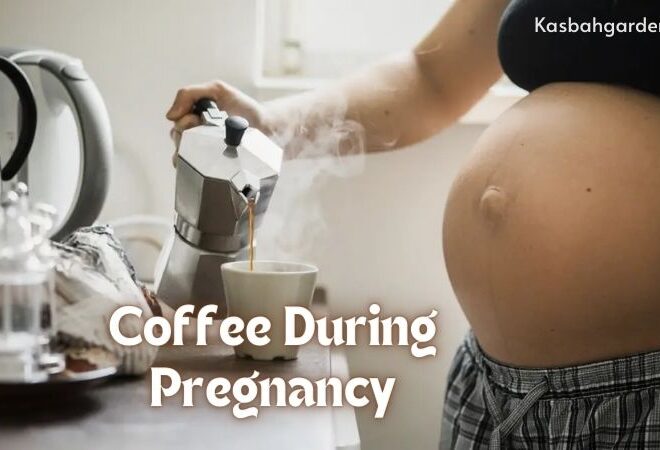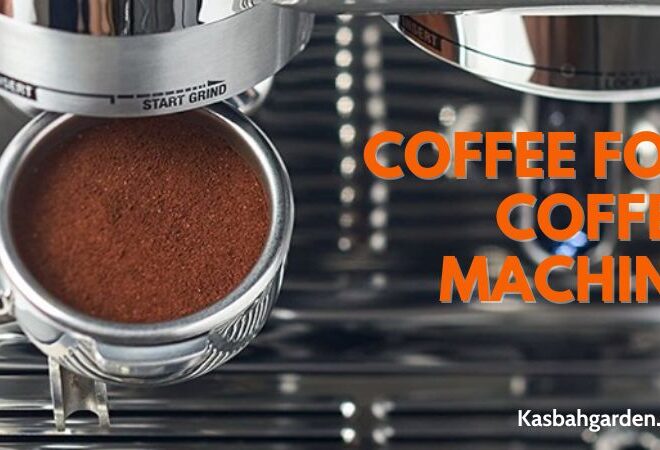Which Coffee Has the Most Caffeine? | Get Answers Here
Are you a fan of coffee but looking to get that extra buzz? Or perhaps you’re curious which type of coffee contains the highest amount of caffeine? If so, this blog post is sure to answer all your questions. We will be taking an in-depth look at the various types and forms of caffeinated coffee available on the market and how they stack up against one another in terms of their caffeine levels. Allowing you to decide once and for all, which coffee has the most caffeine content out there. So if caffeine is what keeps you going each day, keep reading.
What Is Caffeine And Why Does It Matter In Coffee?
The coffee plant has caffeine as a natural means of self-protection. Acting as a natural pesticide, caffeine is toxic to most pests. The arabica plant, found at higher altitudes with lower pest populations, contains about half the caffeine content of robusta. Now, you may be wondering why caffeine is important when it comes to coffee. The amount of caffeine in your coffee can affect how much of a “kick” it gives you, meaning that the more caffeine in your cup, the more awake and focused you will feel. This is why many people turn to coffee as their go-to morning beverage.
The Different Types Of Coffee Beans
Arabica, Robusta, Excelsa, and Liberica are the four main types of coffee beans, each with distinct taste profiles.
Which Coffee Has The Most Caffeine?
Black Label Brewed Coffee is considered to have the highest caffeine content per ounce at 129.6 mg.
Factors That Increase Or Decrease Caffeine Levels In Coffee

- Species: The caffeine content in coffee is influenced by the species of the coffee plant. The two main species used for commercial coffee production are Coffea arabica and Coffea canephora (robusta). Robusta beans have approximately double the caffeine content of arabica beans. Even within these species, there can be variations in caffeine levels among different varietals.
- Preparation Method: The way coffee is prepared also impacts caffeine levels. Various methods, such as brewing (including drip coffee, percolator, and French press) and the espresso method, result in different caffeine concentrations. Espresso, made with high-quality robusta beans and a fine grind, typically has a higher caffeine content per volume compared to brewed coffee. However, since a typical cup of brewed coffee is larger than a 1oz espresso shot, brewed coffee tends to have more caffeine overall.
- Brewing Time: The length of brewing time affects caffeine release. Generally, methods with longer water and coffee contact result in higher caffeine content. However, 90% of caffeine extraction occurs within the first minute of brewing. Extending brewing time may only yield minimal additional caffeine while potentially compromising flavor.
- Grind: Finer coffee grounds offer a larger surface area for caffeine extraction, leading to higher caffeine content. However, grind size significantly influences the flavor of coffee. Opting for a finer grind solely to increase caffeine levels may result in a lesser-quality beverage.
- Temperature: Brewing temperature influences caffeine release, with higher temperatures extracting more caffeine. However, elevated temperatures also bring out additional bitter compounds, negatively impacting the flavor. Cold brewing methods generally yield lower caffeine content than hot brewing techniques.
- Amount of coffee used: Using a larger quantity of coffee will result in a beverage with higher caffeine content, but the resulting flavor may be too strong.
- Roast: Contrary to popular belief, the roast of the coffee has little or no effect on caffeine content. The compound remains very stable at the temperatures coffee beans are exposed to during the roasting process. Dark roast beans are not necessarily higher in caffeine compared to lighter roasts.
Please note that other factors such as brewing method and coffee bean type may also influence caffeine levels in coffee.
What Temperature Should Get The Water To Get The Most Caffeine?
According to the National Coffee Association, the optimal water temperature for caffeine extraction is between 195°F and 205°F, slightly below the boiling point of water, which is 212°F.
How Much Coffee Should Use To Get The Most Caffeine?
The amount of coffee per dose and coffee variety are the key determinants in optimizing caffeine intake. An 18g dose yields approximately 25% more caffeine compared to a 14g dose, irrespective of brewing method, water temperature, or extraction ratio.
Ways To Reduce Caffeine Intake While Enjoying Favorite Coffee

- If taste and aroma take precedence over caffeine content, opt for a 1-to-1 ratio.
- For a lower caffeine content while maintaining an acceptable taste, try a 1-to-2 ratio of caffeinated to decaffeinated beans.
- Consider blending coffees that complement each other for the most delightful flavor.
Tips For Brewing The Perfect Low-Caffeine Cup Of Coffee At Home
When steeping coffee grounds, ensure a longer steeping time, around five minutes, to extract more caffeine. To achieve a less caffeinated brew, decrease the recommended brewing time by 10-20% based on popular coffee makers.
FAQ: Coffee
Which coffee has the most caffeine dark or light?
The caffeine content in coffee remains relatively consistent during each stage of the roasting process, regardless of whether it is a dark or light roast. The variation between roasts lies in taste, rather than the amount of caffeine present.
What coffee gives you the most energy?
Light roast coffee contains the highest caffeine content, followed by medium roast, and then dark roast. Opting for light or medium roasts allows you to enjoy both the rich flavor and an ample dose of caffeine, making it an excellent choice for a natural energy boost.
Which roast of coffee is healthiest?
Light roast coffee is considered the healthiest option since dark roasting beans can potentially diminish up to nearly 90 percent of chlorogenic acids, which are antioxidant and anti-inflammatory phytonutrients believed to contribute to the many benefits of coffee.



dark roasts have slightly less caffeine than light roasts but the difference is so slight that when i get asked this question i say they’re all the same and if they are looking for extra caffeine they can order espresso shots on the touch screen or try the mocha wake up cappuccino
Thank you for letting me know this information.
The milder, the more caffeine. Darker the roast, less caffeine as the dark roast has cooked longer. But as someone else has said, if they want more caffeine than a normal cup, they can order an extra shot of espresso.
Thank you for letting me know this information.
Robusta beans generally have higher caffeine content that Arabica. Light roasts with Robust content are your best bets.
But robusta only coffee is usually not that good taste. Look for mixture packs of both, robusta and also produces more crema.